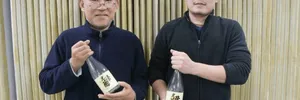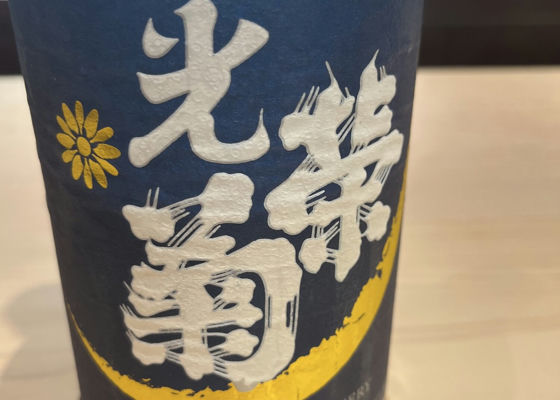
SakenowaRecord your sake experiences and discover your favorites
光栄菊Koeigiku
Flavor Chart®
A chart created from flavor analysis of user comments.

Flavor Tags ®
Tags generated from flavor analysis of user comments.
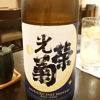
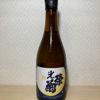

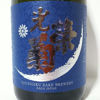
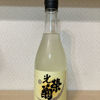
Popular Comments
June 3, 2023
At Japanese Sake Satou in Matsuyama, Japan.
I took a new employee to my favorite restaurant to
drinking sake. The last and seventh drink of the day was
Koei Kiku Tsukishita Muyori. It is a mellow, sweet and delicious sake, easy to drink
easy to drink without feeling the alcohol content.
It is easy to drink without feeling alcohol content. It was delicious with grilled sea eel and
I enjoyed it with grilled sea eel and tanzaku yam.
Japanese>English
Brands from Koeigiku Shuzo
Koeigiku
Similar Brands
We analyze the flavors based on everyone's comments and select similar brands.
HiranSimilar Characteristics
Timeline

KoeigikuSNOW CRESCENT






るーずべると3世
Koei Kiku after a long time. The acidity of Omachi is exquisitely delicious! The next day's flavor change was also delicious!
Japanese>English
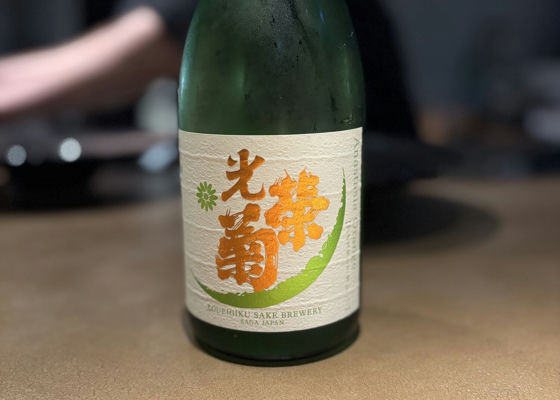
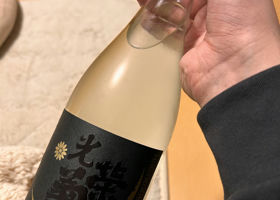
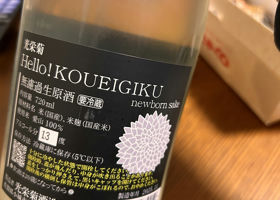
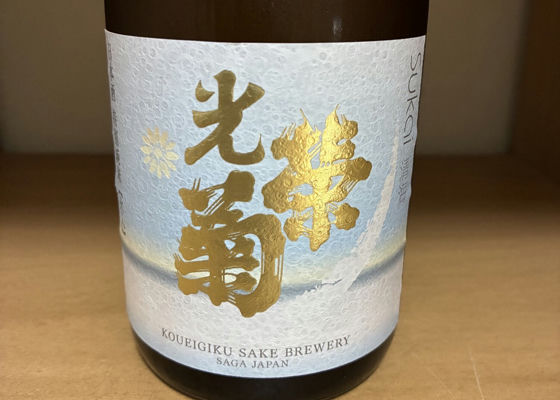
トオル
Light, refreshing sweet and sour citrus sweetness at 13% alcohol, overall impression of mildness, and a slight bitterness. Delicious!
Japanese>English



ハリー
Best wishes for the new year!
Let's enjoy the fun drinking 🍶 life 😊.
New Sake Nigori from Koueikiku!
This is a popular sake from Saga and will be opened for the first time this year!
It has a firm, deliciously sweet, nigori taste.
It is a little bit thick!
Japanese>English
ma-ki-
Harry, I wish you a happy new year 🙇.
I have the impression that Koeigiku's HELLO ogara-mi is definitely off to a good start with lots of delicious reviews 😍.
I can't wait to see what sake you come across this year 😋.
Japanese>English
ハリー
ma-ki, it's nice to meet you too, although I'm having trouble with the new sake.
Let's enjoy drinking again this year🍶.
Japanese>English
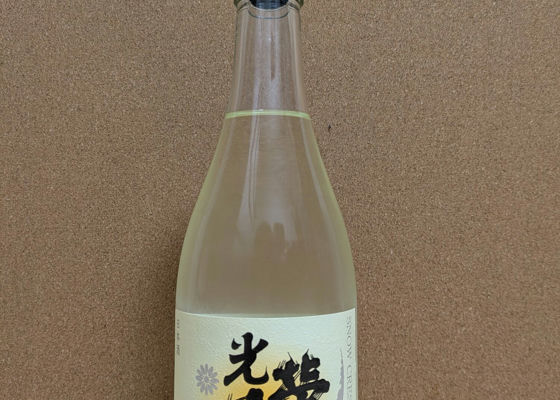
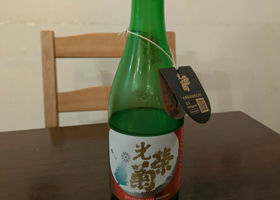
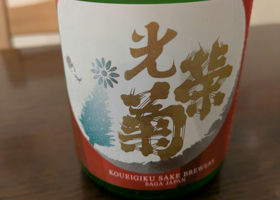
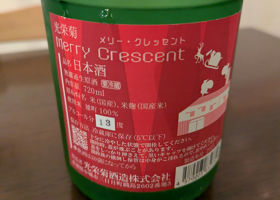
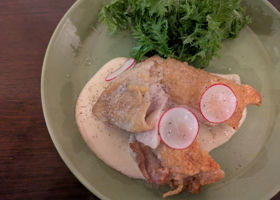
gk1
At a Christmas sake party at my usual bar.
Fruity as always, delicious!
Gorgeous, mellow, light and easy to drink.
The Christmas label is cute.
Served with grilled chicken.
Japanese>English
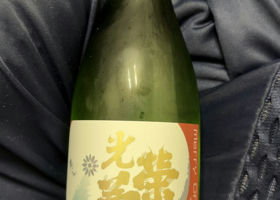
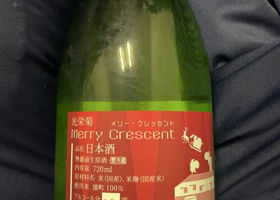
ジョリ
I like it because it's a schwash and it's easy to drink!
Japanese>English
KoeigikuMerry Crescent
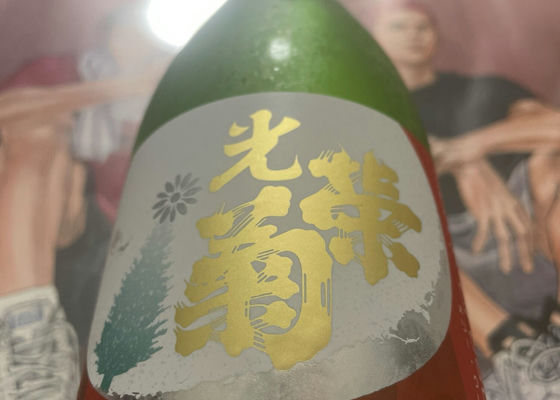
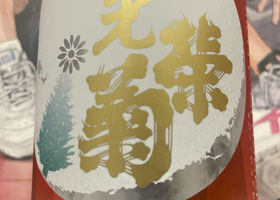
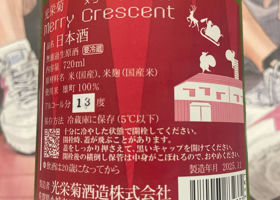
Ryohei
2025.156th.
It's a new year and I'm posting the last sake I received last year.
It was a Christmas sake, and I opened the bottle hoping to get it before the end of the year somehow.
It tastes like Omachi with a grape-like sweetness and a light nigori-shuwashi taste.
It is a very drinkable sake, but it has a strong Omachi-like flavor, so it is better to drink it with that in mind.
In the end, Yamada-Nishiki is the best sake rice.
I would like to enjoy various sake again in 2026.
For various reasons, I may end up drinking more Okayama sake.
Thank you for the sake.
And a Happy New Year to you all!
Japanese>English
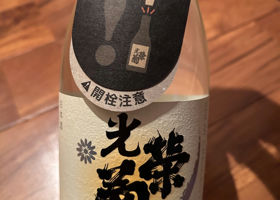
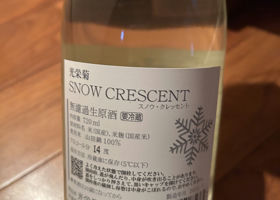
KoeigikuHello! KOUEIGIKU 無濾過生原酒
towsake
Likes. Appropriate for the first drink of the New Year. Slightly effervescent and good for an aperitif. I have a feeling it will be a good year.
Japanese>English
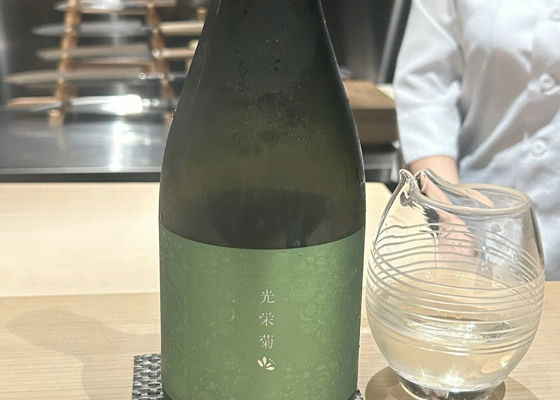
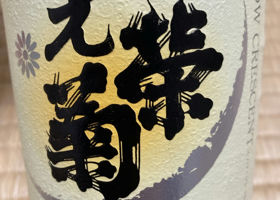
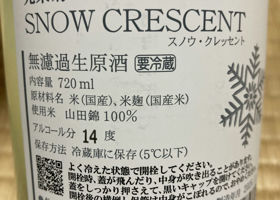


hiro0816
Place of purchase: Yajima Sake Shop
★★★☆☆☆
I was wondering if Kouei Kiku might be better suited to be hi-iru (fire-iruited) because of the sourness of the sake as a whole.
If that's the case, why don't I just drink Kangiku or some other type of raw sake? I thought so...
Kouei Kiku is difficult to make...
Japanese>English
KoeigikuMerry Crescent 雄町 無濾過生原酒
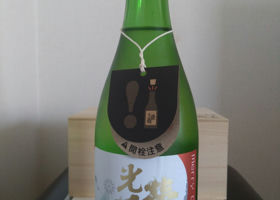
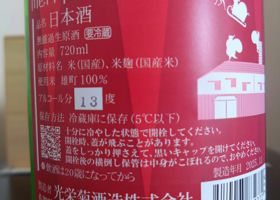
Nao888
I missed Xmas, but I had to drink it before the end of the year 🍶 Well, in the West, it's like an extension of Christmas until the end of the year, so I thought it would be okay and opened a bottle of Merry Crescent 🍶.
When we open the bottle, there's a little bit of lees and it's stirred automatically 🫧The aroma is sweet strawberry 🍓The taste in the mouth is not as sweet as the aroma, but the gasiness and acidity are combined with the delicious lees flavor 😋A little bitterness comes in to finish the taste ✨This is a gorgeous and gorgeous wine that would go well with shortcake. It was a gorgeous sake that would go well with anything 🥰.
Japanese>English
ma-ki-
Good evening, Nao888!
Koueikiku's Christmas sake - looks delicious😍.
You must have been really busy at the end of the year💦.
I hope you're drinking good sake and having a good sake rush 🤗.
Japanese>English
Nao888
Good evening ma-ki-san 🌛The end of the year was the worst ever 🤣I was on the verge of a mental breakdown and was saved by the sake and sake-no-wa people 🥰I plan to be tongue-tied every day over the New Year holidays 😆.
Japanese>English
KoeigikuMerry Crescent
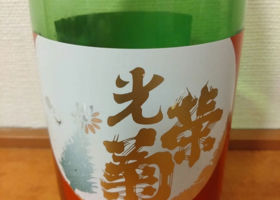
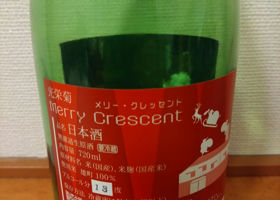
kyujim
The carbonation is so strong that the cork pops, and like Snow Crescent, it has a gorgeous ginjo aroma, fruity-sweet juicy flavor, and good acidity and sharpness.
Japanese>English
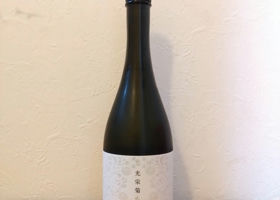
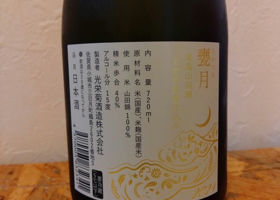
さくやん
★★★★★
